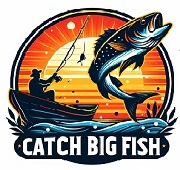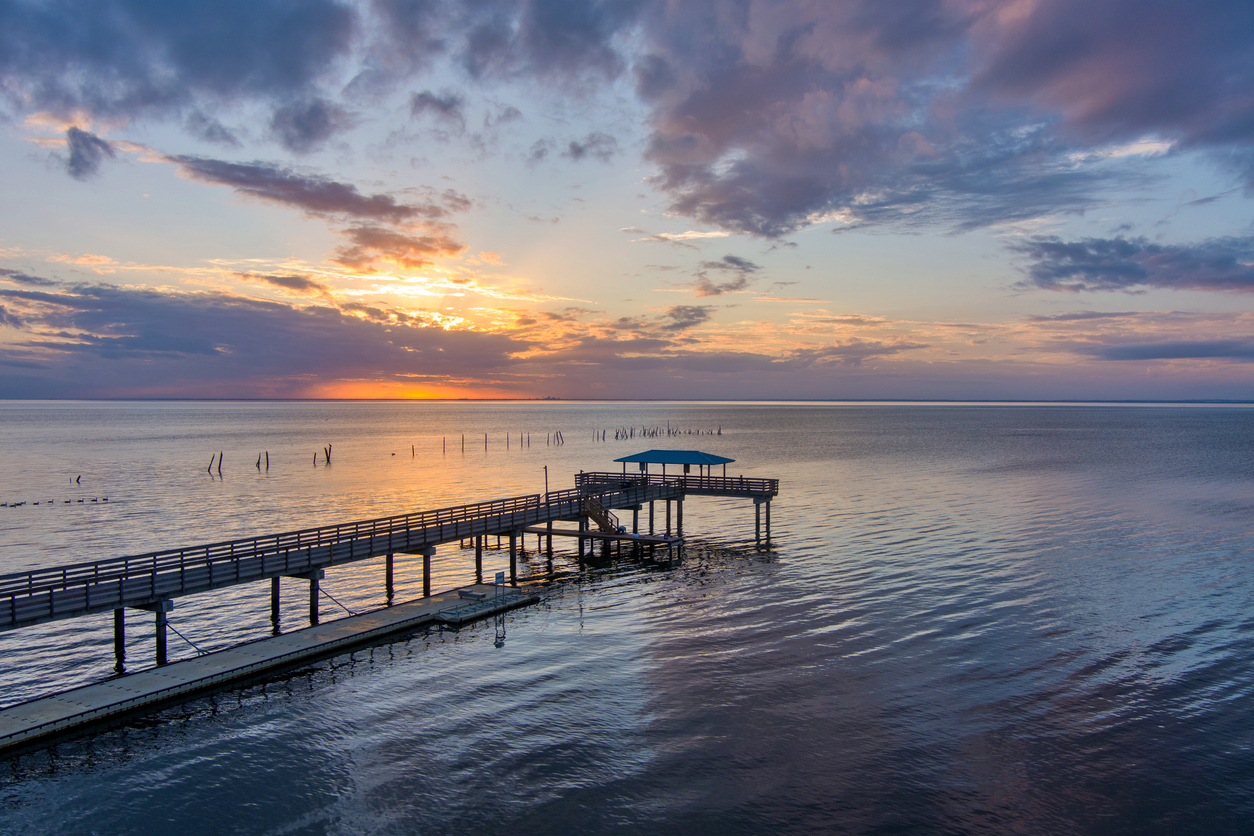
What is Structure?
Structure is anything other than flat open bottom
It can range in size from a large bridge piling to a wooden dock or a pile of rocks and even a small open area within a bed of sea grass.
Why is Structure Important ?
Structure provides shelter from larger predators like Dolphins and Sharks. It also provides a hidden location where fish can lurk while waiting for unsuspecting baitfish or other food to swim or drift by. Ambush predators like Snook and Trout will primarily use this method to feed because it requires less energy to obtain food. It’s always a balance between the amount of food to be gained and the amount of effort required to get that food.
If you’re chasing inshore game fish like snook, sea trout, or redfish, understanding how structure shapes their feeding habits is a game changer. Structure isn’t just about boulders or bridges sticking out of the water — it covers anything that breaks up the underwater landscape, gives fish a place to hide, or sets up a natural feeding ground. Knowing what to look for and how predator fish use these spots will seriously bump up your chances of landing a catch.
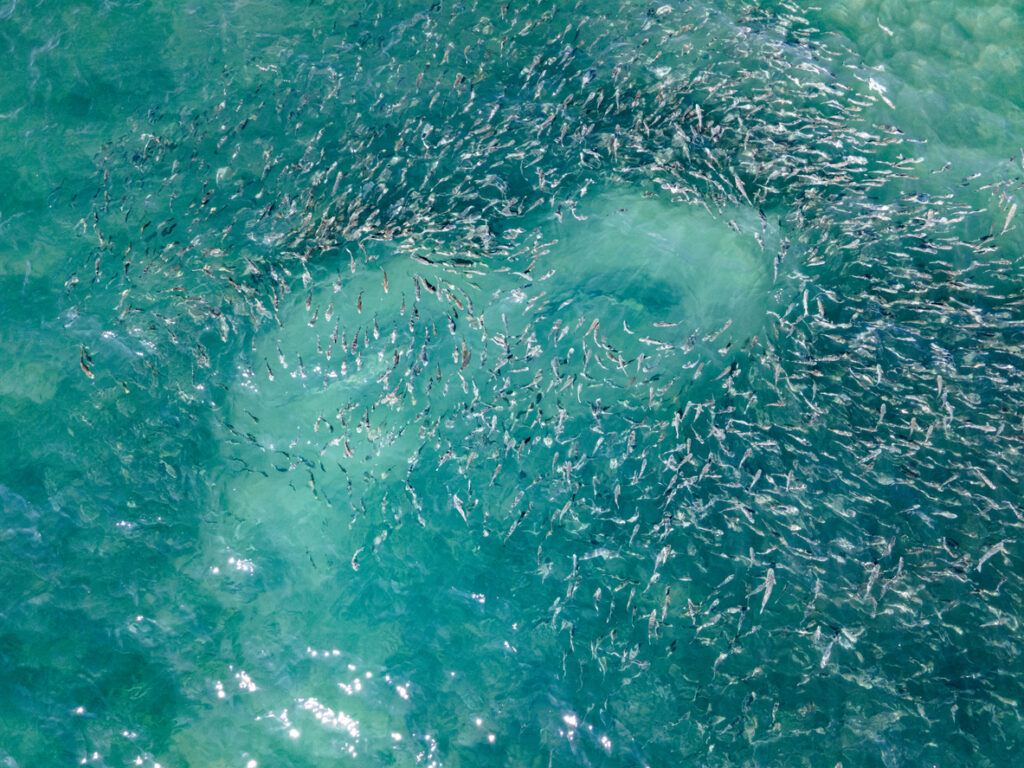
Understanding Structure and Its Role in Feeding Habits
Structure can be anything from submerged tree roots and bridge pilings to rocky jetties and even small dips in a sandbar. For predator fish, these objects are more than scenery; they’re prime spots to ambush prey, rest out of strong currents, or avoid predators themselves.
Fish are opportunistic feeders. A snook isn’t going to swim out in the open and burn energy unless there’s something in it for them. Structure creates a reliable intersection between baitfish seeking cover and predators looking for an easy meal. Game fish stick close to these areas because currents naturally funnel food past, and the structure keeps them hidden until it’s time to strike.
Common Types of Structure Where Predator Fish Lurk
Every piece of structure in inshore waters serves a slightly different purpose, but they all attract fish. Here are some of the most reliable features to target:
- Bridge Pilings: These pillars break up tidal flows, creating pockets of slower moving water on the downcurrent side. Small baitfish gather here to rest, drawing in predators that can dart out from the shadows with little warning.
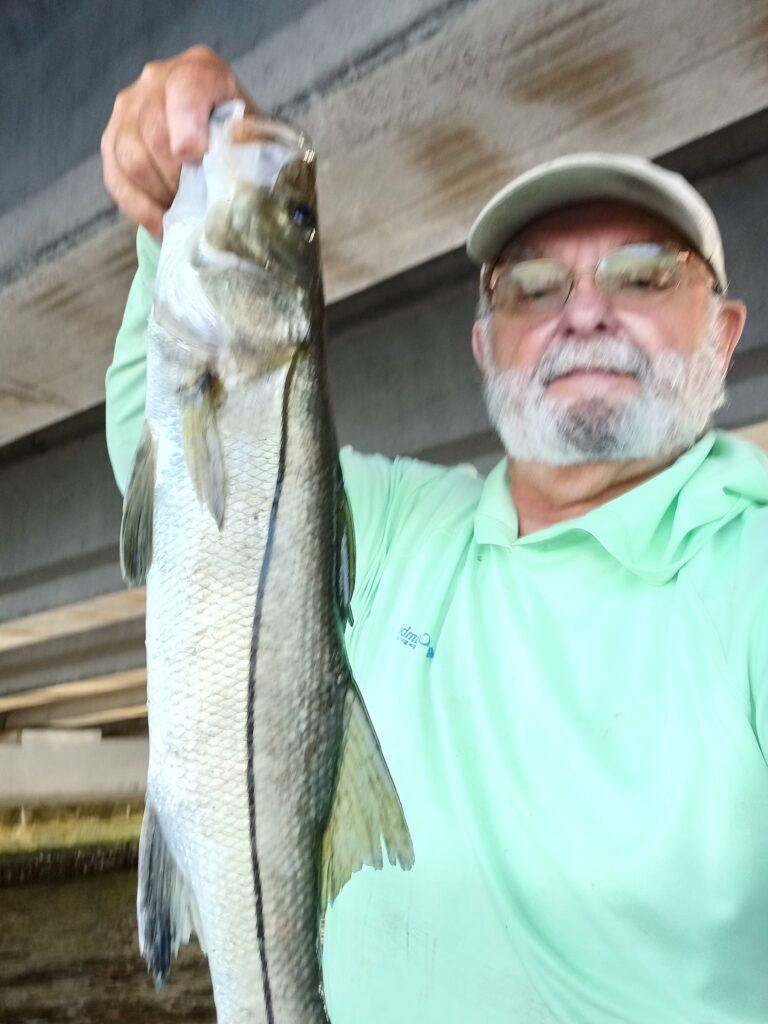
- Old Wooden Trestles: Abandoned railway or dock trestles that cross the bay provide awesome cover. The pilings attract barnacles, crabs, small fish, and shrimp—a buffet that brings in game fish like redfish and snook looking for an easy lunch.
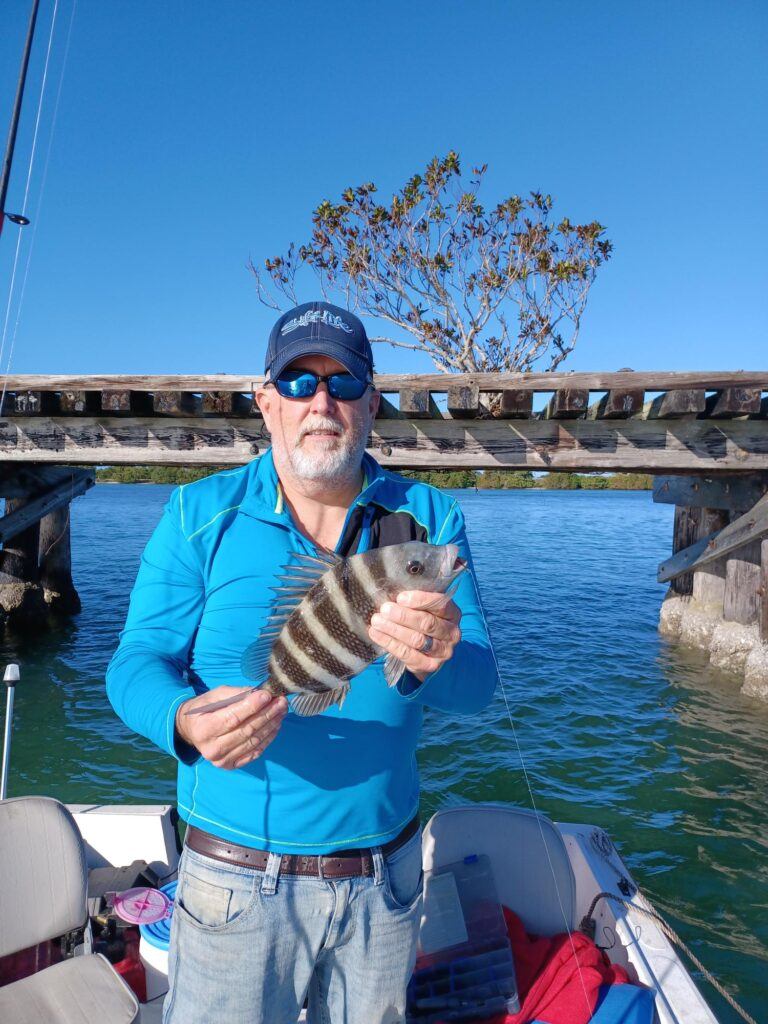
- Clear Spots in Shallow Seagrass: Sea trout love spots where grass thins to sand or mud. Baitfish hug these edges looking for protection, and trout use the contrast to corner and ambush their food.
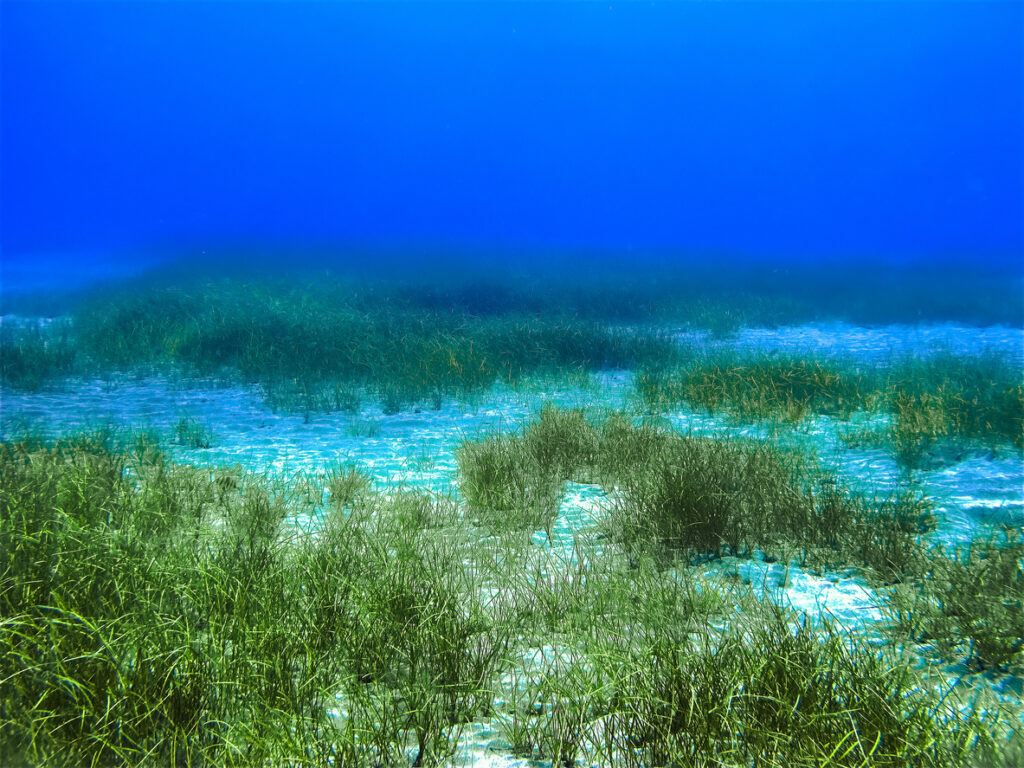
- Rock Jetties: These are classic feeding grounds. Jetties create tons of nooks for shrimp and crabs, which attracts midsize fish, and those, in turn, tempt big snook, redfish, and other hungry predators. The rocks also protect fish from strong waves and let them rest between meals.

- Troughs and Sand Hills Formed by Currents and Tides: Sandbars and cuts made by moving water are hotspots for predatory fish. When the tide starts rolling, bait gets pushed over these bumps and into deeper holes, where fish like to station themselves for ambush.
Here is an underwater photo of depth variations in a sandy bottom comprised of bumps and troughs, created by waves and current in shallow water. While this “structure” can appear to be mostly flat from above, predator fish can use those minor depth changes for cover.
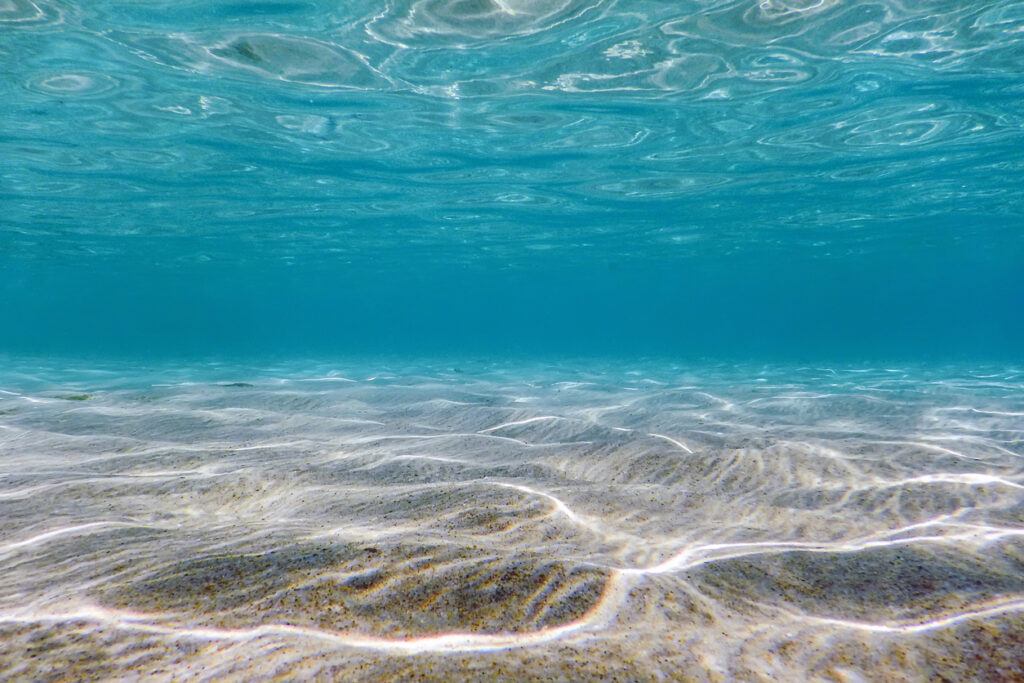
How does an “open area” constitute structure?
Keep in mind the above definition whenever you are seeking a spot with structure. “Structure is anything other than flat open bottom.” That means exactly what it states. Let’s say you are fishing close to shore on the Ocean or Gulf side of a body of water. You look and see that the area is mostly flat sandy bottom. So where is the structure? It can be as simple as a minor depth variation along the shoreline, caused by Tides and Currents, even if the variation is less than a foot. Slot-sized Snook and Redfish possess only a 6-to-8-inch vertical profile, so they can easily hide behind minor depth changes.
How Game Fish Use Structure for Feeding
Predator fish are experts at energy conservation. Instead of chasing food around all day, they pick spots where the food comes to them. Here’s how some of the most popular inshore targets use structure when they’re hunting:
- Snook: These fish favor shadows and current breaks. You’ll find them hugging bridge pilings, sitting just off sea walls, or lurking under mangrove roots. Snook wait for passing baitfish, then explode from their cover for a quick grab. Their ability to blend in and stay calm until an easy meal drifts by is what makes them so effective.
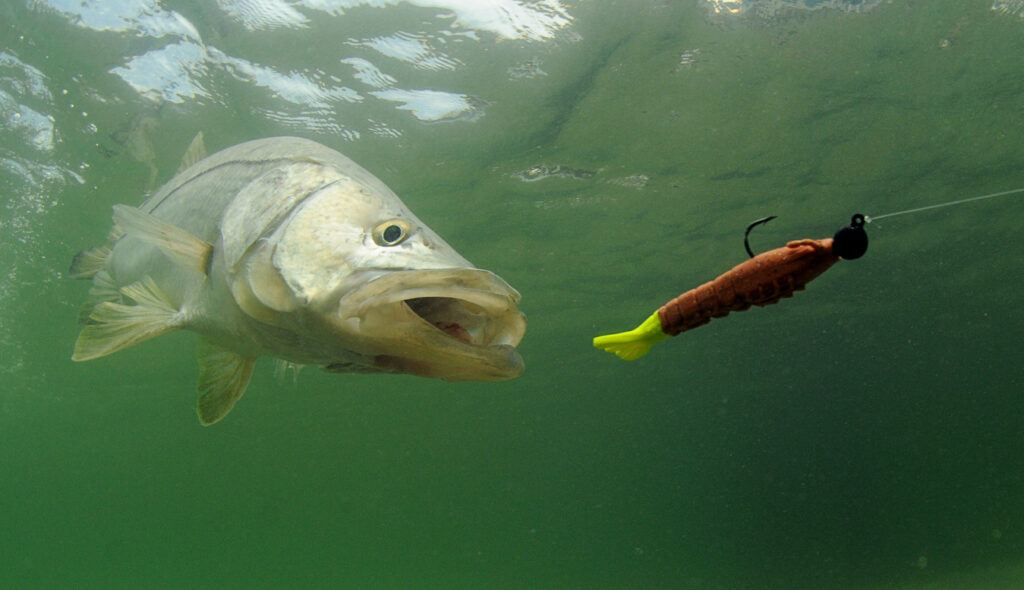
- Sea Trout: These hunters love the border zones, like where a patch of seagrass meets open sand. They sit motionless and pounce when a shrimp or pinfish gets close. Trout are especially drawn to deeper potholes and seagrass edges, where prey has fewer escape routes.
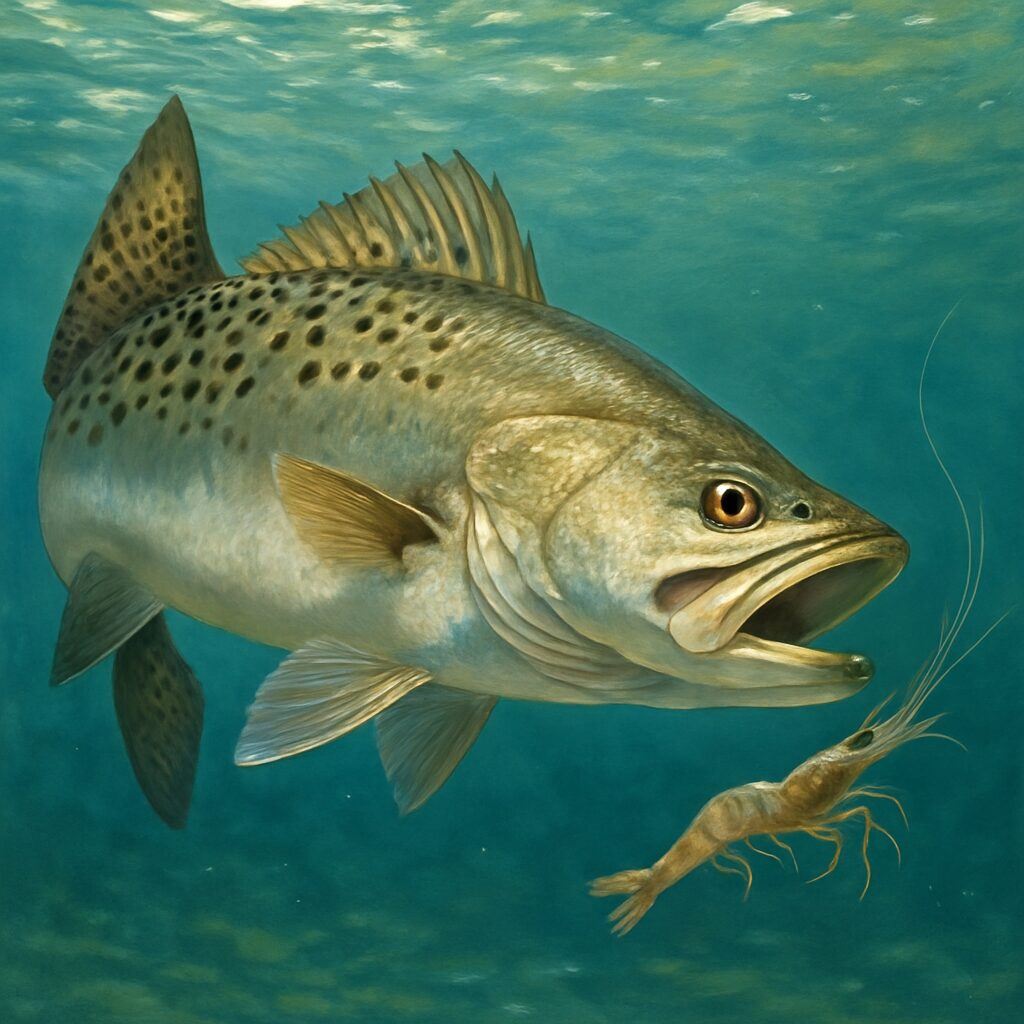
- Redfish: Redfish are versatile feeders, happy to root along oyster bars or nose through troughs between sandbars. They’ll often tail in shallow water, picking off crabs, shrimp, and baitfish that hide just under the sand or grass. Redfish use their sensitive noses to track food, and structures give them both shelter and steady opportunities to eat.
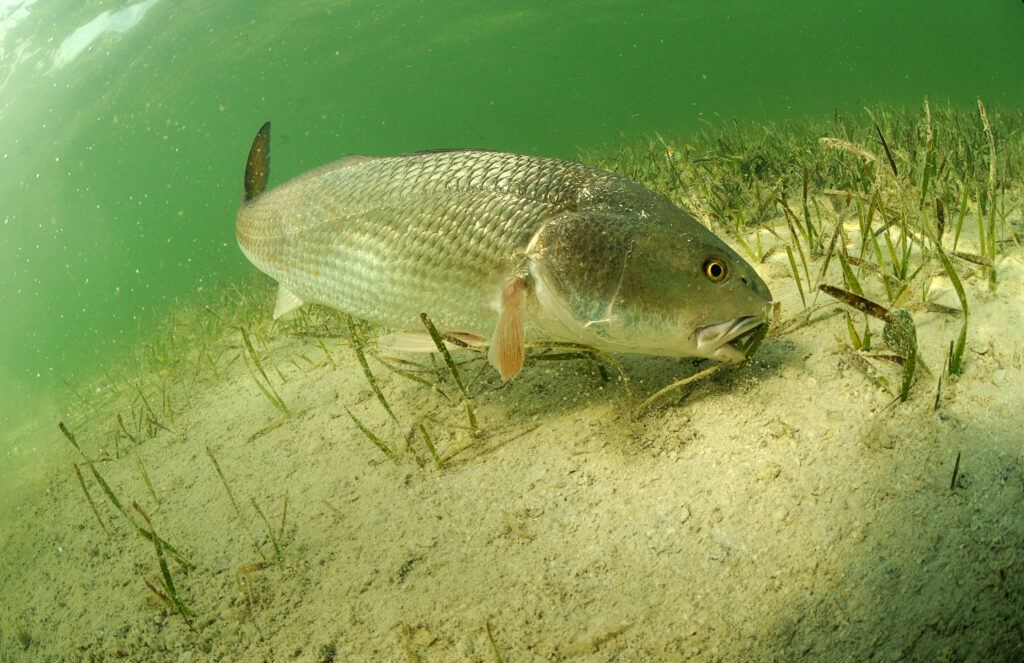
Finding Productive Structure in Different Environments
Not all structure is created equal, and knowing where to look based on location, water depth, and the time of day can seriously boost your catch rate. Let’s check out a few environments and how to approach them:
Backwater Bays
Backwater spots are full of natural goodies and also main highways for inshore fish. Here, snook and redfish hang tight to mangrove roots and oyster bars, taking advantage of shaded cover and tiny channels. As tides rise and fall, these fish switch from deep holes at low tide to ambush points closer to shore as water floods the flats. In backwaters, pay attention to subtle channels and shorelines that concentrate bait—these can be prime fish hangouts when the tide turns.
Open Shorelines and Beaches
On open sandy beaches, look for subtle dips, cuts, or troughs near sandbars. These little valleys let predators lie in wait as schools of bait pass over or through them. Early mornings and late evenings are a prime time for game fish to leave deeper water and patrol shallower sandbanks, especially during rising tides. If you see birds working or baitfish popping near the surf break, chances are predators aren’t far behind.
Manmade Structure and Urban Waters
Urban or heavily fished areas can be surprisingly productive, thanks to docks, jetties, and bridges. The trick here is timing, as well as adapting to more fishing pressure. At night, dock lights attract schools of shrimp and small minnows, which brings trout and snook out of hiding. During the day, fish often tuck under platforms or behind pilings to escape boat traffic and the bright sun. Don’t overlook small canals and culverts either—urban structure provides hidden gems if you hit them at the right time.
What to Look For: Reading Water Like a Predator
Getting good at spotting structure is just one part; knowing how feeding patterns line up makes all the difference. Here’s what I pay attention to when scouting a spot:
- Current Movement: Fish prefer areas where current pushes bait into or around structure. Look for swirling or disturbed water behind pilings, around rocks, or near the noses of sandbars.
- Baitfish Activity: Sometimes you’ll see shimmering flashes of minnows jumping out of the water, circles from surface-swimming mullet, or little puffs of sand from crabs. This is a giveaway there’s a food chain in action, and bigger fish are likely nearby.
- Shade and Shadow Lines: Predators always want an advantage. Any spot that creates a shadow—for example, a dock, a bridge, or even a low hanging branch—can become an ambush site, especially during sunny afternoons.
It also helps to check water color differences and temperature variations. Slightly off-color water holding adjacent to a sandbar or jetty can signal a mixing zone where baitfish pile up. Likewise, temperature breaks around springs or channels can collect fish in numbers you might not expect.
Gear and Techniques That Pair Well With Structure Fishing
Catching fish in and around structure means dialing in both tackle and presentation. Here’s what’s been super useful for me:
- Tougher Leaders: Fish like snook have toothy jaws and love to drag baits right through barnacles, so I opt for strong fluorocarbon or mono leaders. This helps prevent breakoffs when they head for cover.
- Weedless Rigs and Lures: Fishing around grass or rocky bottoms means you’re going to get snagged. Lures rigged weedless, like soft plastics on EWG hooks, let you crawl through cover where fish are waiting.
- Live Bait Near Structure: For bridge pilings or old dock trestles, dropping a live shrimp or pinfish downcurrent and letting it drift back naturally mimics the usual bait movement. This is super effective for lazy but hungry snook and trout.
Adjust your retrieval speed and try hopping lures or baits along the bottom near rocks and shell. Predators often grab food that moves erratically, so pauses, sudden darts, and slow crawls can convince even stubborn fish to bite.
Challenges When Fishing Structure (And How to Work Around Them)
Fishing structure comes with its own set of headaches—snags, hangups, and losing gear are part of the game. It’s also easy to spook wary fish or get discouraged by tricky casts into the wind or current. Here’s how I deal:
- Breakoffs: I keep extra hooks and leaders handy, and retie knots whenever I see abrasion. Casting a bit outside the heaviest cover and working baits slowly into the strike zone can help limit lost tackle. Choose rods and reels that can handle tough fights and tight places.
- Fish Getting Wrapped Up: If a hooked fish beelines for a piling or mangrove, keep the rod tip high and steadily pull them away from danger. A longer rod gives you a little more leverage for steering fish out of trouble spots.
- Boat Positioning: Wind and tide can make staying in place tough. I drop an anchor or use a push pole to hold myself where I can cast to the edge of a target without spooking fish hiding underneath. In a kayak, using a stakeout pole works well for keeping quiet and in control.
Advanced Tips for Targeting Structure-Huggers
Once you’re comfortable finding and fishing around structure, getting a little creative with your approach can pay off. Here are some ideas that have been pretty handy for me:
- Switch Up Presentations: Fish get picky after lots of pressure, especially at popular jetties or bridges. Try downsizing your bait, using natural colors, or switching to topwaters early or late in the day when visibility changes.
- Time Your Trip: Nighttime can be prime when predators slip out from deep cover, especially under dock lights. Moving water (like incoming or outgoing tide) usually sparks the best feeding windows because it sends bait streaming past structure. Trying different tides and light conditions can help you dial in the bite.
- Use Your Electronics: Fish finders or side imaging sonar are super useful for spotting submerged trees, rocks, or old stumps invisible from the surface. Marking these as you move along gives you a handful of reliable spots to revisit. Using apps or GPS waypoints helps keep track of productive locations over time.
- Listen and Observe: Sometimes you’ll hear popping shrimp, bait splashing, or even a feeding snook. Trust your senses—sounds and surface disruptions often mean hungry fish are close by. If you see nervous water or busting bait, approach slowly and make casts before getting too close.
Patience pays off with structure. Give your spots extra time, switch your angles, and don’t be afraid to explore at different tides. It’s often the third or fourth cast that draws a strike after the fish get used to your presence.
Frequently Asked Questions
Got questions about how structure affects fishing? Here are a few common ones I hear from fellow anglers:
Question: How do I tell if there’s actually fish around a structure?
Answer: Look for clues like baitfish flicking around, birds diving, or surface disturbances near the structure. Sometimes you won’t see anything until you make a cast and get hit right away, but those signs are a good start.
Question: What’s the best time to target structure-fed fish?
Answer: Moving water is usually best; during tide swings, sunrise, and sunset. Fish are more likely to feed when currents funnel food their way.
Question: Do weather and water clarity affect how structure holds fish?
Answer: Absolutely. On clear days fish hide deeper in shady structure, while on cloudy or windy days they sometimes roam farther out from cover. Dirty water usually concentrates fish tight to structure, where they feel safer.
Bringing It All Together
Structure isn’t just a backdrop, it’s a big part of what makes inshore fishing exciting and productive. Whether you’re working bridge pilings at sunset or creeping baits through grassy holes for a cautious sea trout, learning how fish feed and take cover in these areas is really important for consistent catches. Pay close attention to the details you spot on the water and keep experimenting. The more you fish structure, the more it starts to make sense, and the more fun (and fish) you’ll have on every trip out.
So, fellow anglers, let’s keep these structure tips in mind the next time you are hunting for a trophy catch. Just be ready for a fight, because Bridge Monsters do exist.
Tight Lines!
John
